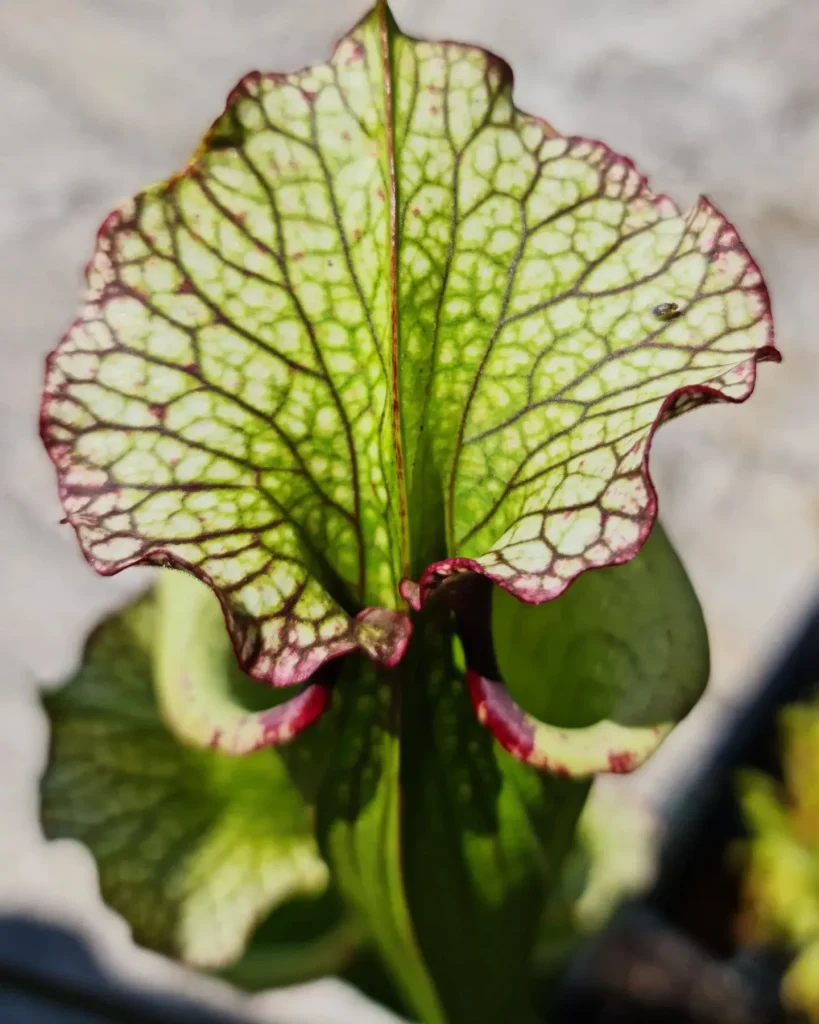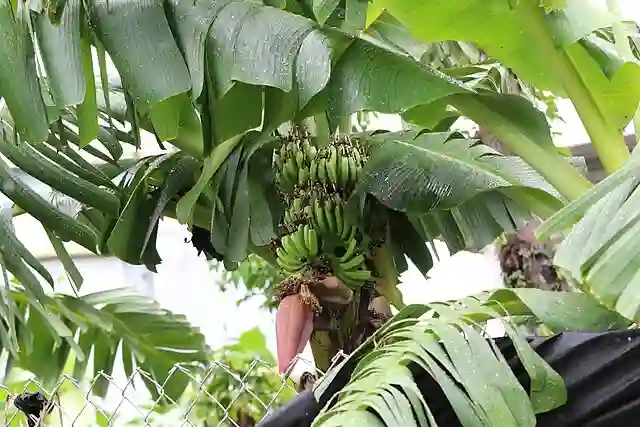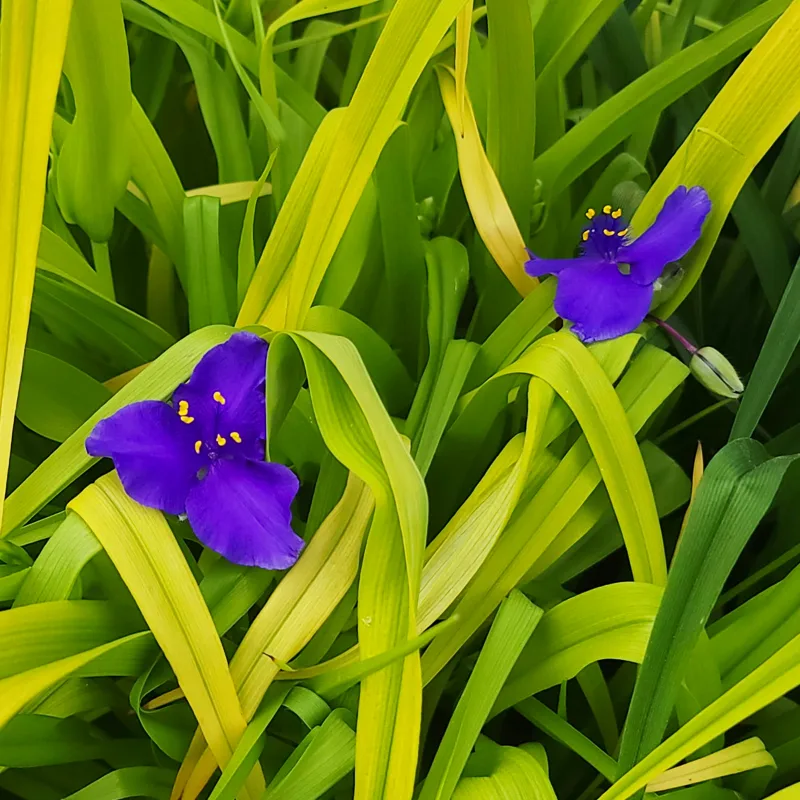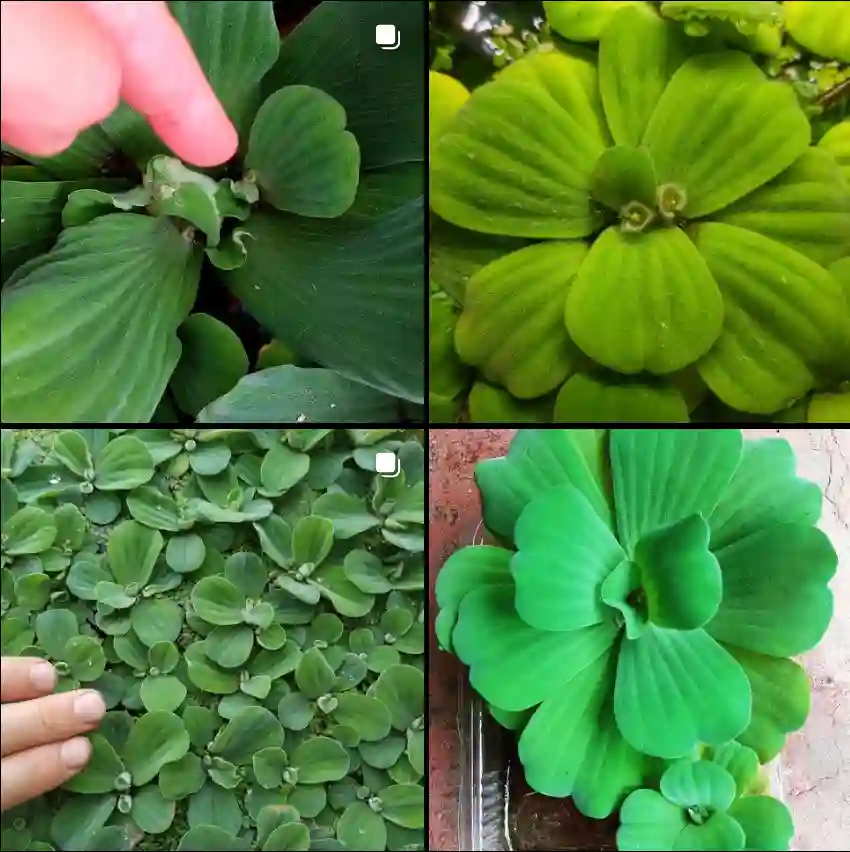FAQs About Anthriscus Sylvestris
As a plant enthusiast, I’ve always been drawn to the delicate yet striking beauty of Anthriscus Sylvestris, particularly the dark-leaved variety, Anthriscus Sylvestris Ravenswing. Commonly known as Cow Parsley, this plant belong to the Apiaceae family, is not only visually appealing but has practical uses in the garden and beyond. In this article, I’ll dive into some frequently asked questions about growing, caring for, and understanding Anthriscus Sylvestris.
Plant Family: 451 Genera in Apiaceae – Umbelliferae Family
How to Grow Anthriscus Sylvestris Ravenswing?
Growing Anthriscus Sylvestris Ravenswing is relatively easy, which is one reason it’s become a favorite among gardeners, including myself. Its deep purple-black foliage and soft white umbels make it a striking addition to any garden.
To grow this plant successfully, plant it in well-drained soil with partial shade to full sun. I prefer partial shade as it helps maintain the rich color of the foliage. The soil doesn’t need to be overly rich, but I’ve found that adding organic matter or compost helps improve its growth. It also self-seeds, so if you want to control its spread, deadheading is essential. However, I often let a few flowers go to seed to allow for natural replanting.
Is Cow Parsley Anthriscus Sylvestris Edible?
Yes, Anthriscus Sylvestris, also known as Cow Parsley, is edible. That said, caution is essential when foraging. While I’ve read that parts of the plant can be used in salads or as garnishes, I always advise being certain of plant identification. Cow Parsley closely resembles toxic species like Conium maculatum (Hemlock), which can be deadly. I personally prefer to enjoy Anthriscus Sylvestris in my garden, rather than on my plate, due to this risk.
How to Care for Anthriscus Sylvestris?
Caring for Anthriscus Sylvestris is fairly straightforward. Here are some essential care tips based on my experience:
- Watering: Watering should be moderate. I usually water when the soil feels dry but avoid waterlogging, as this can cause root rot.
- Soil: Well-drained soil is key. I’ve had success growing it in both loamy and sandy soils.
- Light: Although it can tolerate full sun, I’ve found that it thrives best in partial shade, where its foliage remains vibrant.
- Pruning: Regular deadheading keeps the plant looking tidy and helps prevent it from self-seeding too aggressively. I also cut the plant back after flowering to encourage healthy growth.
How to Propagate Anthriscus Sylvestris?
Propagating Anthriscus Sylvestris is easy, especially since it self-seeds prolifically. If you want to control its spread, I recommend collecting seeds after flowering. You can sow the seeds directly into the garden in the fall or early spring.
Alternatively, you can divide the plant. I’ve done this in early spring by digging up mature plants and separating the root clumps. Make sure each division has a healthy portion of roots and replant them immediately.
What to Plant with Anthriscus Sylvestris?
Anthriscus Sylvestris pairs well with a variety of other plants. I often plant it alongside grasses or ornamental plants with contrasting colors. For example, I love how its delicate white flowers look next to dark-leaved Heuchera or with tall, structural plants like Allium. Its airy flowers can also soften the look of more robust plants like Hostas.
Can You Grow Anthriscus Sylvestris Indoors?
While you can technically grow Anthriscus Sylvestris indoors, it’s not something I would recommend. This plant thrives in outdoor settings where it can get adequate light and space to grow. If you’re keen on trying, make sure it’s placed in a spot with plenty of light and good air circulation, though it may not reach its full potential indoors.
Is Anthriscus Sylvestris Toxic?
Though Anthriscus Sylvestris is edible in some cases, it’s important to note that it resembles several highly toxic plants, like Hemlock. Due to this, I always err on the side of caution when handling it. If you have pets or young children, be mindful of its similarity to poisonous plants and keep it in a safe area.
What Are the Benefits of Anthriscus Sylvestris?
Aside from its ornamental beauty, Anthriscus Sylvestris has several other benefits. It attracts beneficial insects like bees and butterflies, which can help pollinate other plants in your garden. It’s also deer-resistant, making it an ideal choice if you live in an area where deer are a problem.
Moreover, this plant can serve as a good ground cover, filling in gaps between other plants while maintaining a light, airy look. Its ability to self-seed can be a benefit in larger, more naturalized garden settings.
Common Problems with Anthriscus Sylvestris
Although relatively low-maintenance, Anthriscus Sylvestris can face some issues. I’ve found that slugs and snails enjoy nibbling on the leaves, especially when the plant is young. To combat this, I usually place copper tape around the base of the plant or use organic slug pellets.
Another potential issue is mildew, especially in humid conditions. Ensuring proper air circulation and avoiding overhead watering helps prevent this problem.
How Does Anthriscus Sylvestris Compare to Similar Plants?
Anthriscus Sylvestris can often be confused with other members of the Apiaceae family, particularly Hemlock and Queen Anne’s Lace (Daucus carota). While Queen Anne’s Lace is also a wildflower with delicate white blooms, its foliage is much finer than that of Cow Parsley, and it lacks the dark foliage of the Ravenswing variety. Hemlock, as mentioned earlier, is toxic and should never be confused with Anthriscus Sylvestris.
In conclusion, Anthriscus Sylvestris is a beautiful and versatile plant that can add elegance to any garden. Whether you’re growing it for its ornamental value, considering its edible uses, or just enjoying its low-maintenance nature, this plant is a wonderful addition to explore.
If i die, water my plants!



